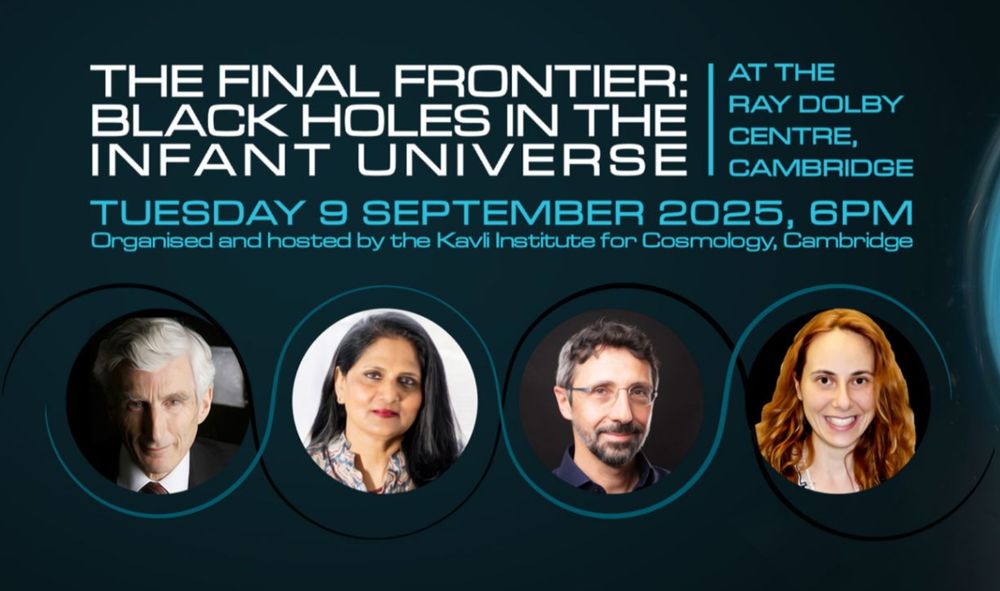Institute of Astronomy, Cambridge
@cambridgeastro.bsky.social
700 followers
150 following
46 posts
News, public events, and research highlights from the Institute of Astronomy at the University of Cambridge
https://www.ast.cam.ac.uk/
Posts
Media
Videos
Starter Packs
Reposted by Institute of Astronomy, Cambridge
Reposted by Institute of Astronomy, Cambridge
Reposted by Institute of Astronomy, Cambridge
Reposted by Institute of Astronomy, Cambridge
Reposted by Institute of Astronomy, Cambridge
Reposted by Institute of Astronomy, Cambridge
Reposted by Institute of Astronomy, Cambridge
Reposted by Institute of Astronomy, Cambridge
Reposted by Institute of Astronomy, Cambridge
Reposted by Institute of Astronomy, Cambridge
Reposted by Institute of Astronomy, Cambridge
RAS Journals
@rasjournals.bsky.social
· Jul 9

Predicting metallicities and carbon abundances from Gaia XP spectra for (carbon-enhanced) metal-poor stars
ABSTRACT. Carbon-rich (C-rich) stars can be found at all metallicities and evolutionary stages. They are often the result of mass transfer from a companion
academic.oup.com
Reposted by Institute of Astronomy, Cambridge
Reposted by Institute of Astronomy, Cambridge
Reposted by Institute of Astronomy, Cambridge
















